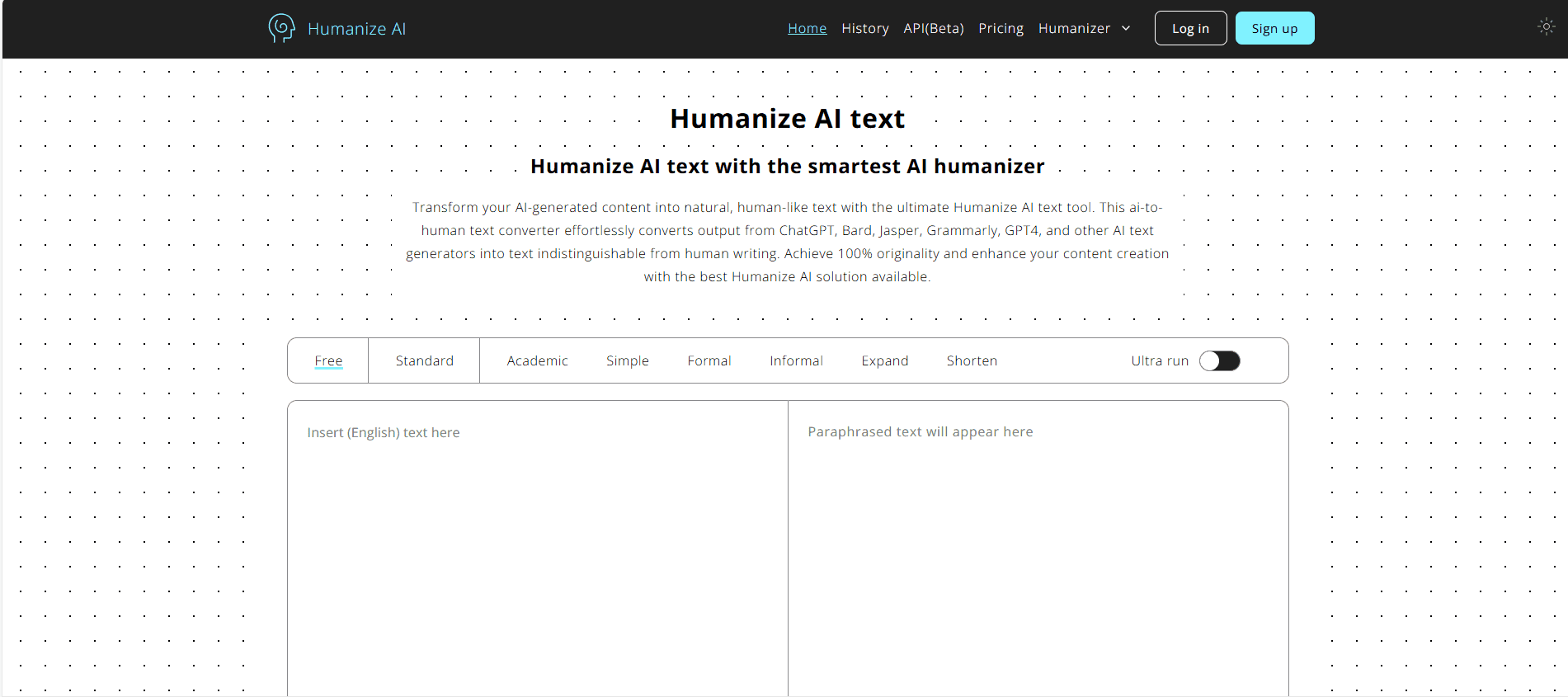Imagine a world where the natural daily cycle—the alternating rhythm of day and night—is no longer a fixed reality. In this future, humans could extend daylight or bring on darkness as needed, breaking free from the Earth’s 24-hour rotation constraints. This bold vision is precisely what Reflect Orbital is working towards.
The startup is pioneering the development of satellites equipped with large mirrors designed to reflect sunlight onto specific areas on Earth. By deploying rings of satellites in sun-synchronous orbits, Reflect Orbital aims to follow the terminator—the line between day and night—and provide additional sunlight during the hours before dawn and after dusk.
This technology, if realized, could redefine industries reliant on daylight, extend productivity hours, or even regulate temperatures in urban areas. From powering solar panels longer each day to lighting up remote regions, Reflect Orbital envisions a world where the sun can be switched on or off, quite literally, like a flashlight.
Reflect Orbital’s Bold Vision: Bringing Extra Sunlight to Earth

Reflect Orbital is on a mission to redefine how solar energy is harnessed on Earth. According to co-founders Ben Nowack (CEO) and Tristan Semmelhack (CTO), their solution isn’t to build more solar farms but to enhance the power generation of existing solar infrastructure. By deploying satellites equipped with giant mirrors, Reflect Orbital aims to reflect sunlight down to specific solar farms during hours when the sun isn’t directly shining, such as early mornings and late evenings. They believe this could dramatically boost solar power generation, potentially reshaping the energy landscape.
A Viral Idea: From Drones to Dreams
Earlier this year, Reflect Orbital grabbed headlines after a viral video posted by Nowack showcased the company’s ambitious plans. The buzz continued when they followed up with a demo video, simulating reflected sunlight with a drone. While the video successfully showcased the concept visually, it didn’t mention that the demo sunlight was being simulated by a drone, which led to some backlash.
Many viewers were skeptical, raising critical objections about the physics behind the idea. Could enough sunlight really be beamed down through Earth’s atmosphere without suffering substantial scattering and energy loss? Would such a project even be cost-effective? These doubts were echoed across social media and scientific communities, but the co-founders remained unfazed.
Skeptics and Solar Potential: Nowack’s Response
Despite the skepticism, Nowack and Semmelhack are doubling down on their vision. Ben Nowack addressed the concerns head-on in a recent interview, pointing out the untapped potential of solar power in the U.S. He highlighted that the solar industry has a massive backlog of projects in the pipeline: “There’s more solar in the queue to be built in the U.S. than there is solar already built,” he stated. Reflect Orbital, according to Nowack, offers a unique way to optimize solar farms without expanding their footprint.
Their approach also challenges the current limits of solar energy, positioning their solution as a step toward a fully sunlight-powered future. “Here’s this way where solar can actually stand on its own and power us entirely,” Nowack explained. He argues that the startup’s space-based approach is the most efficient way to make solar power more viable.
The Space Factor: Why the Answer Lies Beyond Earth
Reflect Orbital’s vision is unique because it seeks to leverage space technology to solve a terrestrial problem. The co-founders believe space mirrors offer the most effective means of increasing solar energy. While critics have asked why similar outcomes can’t be achieved with Earth-based methods, Nowack insists that space holds the key: “We would solve it on Earth if there were a better way to do it on Earth. But the best way to do it is by going to space,” he explained.
This space-based solution requires significant investment and innovation, but it could potentially revolutionize the energy sector by extending sunlight to key regions. Reflect Orbital imagines a world where energy generation is unbound by the Earth’s rotation, with satellites illuminating solar panels long after sunset.
Sequoia Capital’s Bet: Shaun Maguire Joins the Mission
In a fortunate twist of fate, the viral video that drew so much skepticism also attracted the attention of Sequoia Capital investor Shaun Maguire, who saw promise in Reflect Orbital’s out-of-this-world concept. For a startup tackling such an enormous challenge, the backing of a major investor like Sequoia marks a pivotal moment. Maguire believes in the potential for Nowack and Semmelhack to overcome technical hurdles and bring their vision to life.
Reflect Orbital now has the financial backing to move forward, further developing its technology and addressing the concerns raised by skeptics. With Sequoia’s support, the startup is one step closer to its ambitious goal of creating a sunlight-powered future that could reshape how we think about solar energy.
A Glimpse into the Future: Beyond the Skepticism
The road ahead for Reflect Orbital is long, but the potential rewards are vast. By solving the problem of solar intermittency—where solar power production dips when the sun isn’t shining—Reflect Orbital could unlock an abundance of clean energy. Their space-based solution, if successful, would extend the viability of solar farms without requiring new infrastructure on the ground.
Reflect Orbital is now part of a growing number of space-based solutions to tackle Earth’s most pressing issues, from clean energy to climate change. While the company’s technology is still developing, the vision of adjustable sunlight could fundamentally change the energy landscape, enabling solar power to meet a larger share of global electricity demand.
The skeptics may still have their doubts, but Reflect Orbital, with its innovative thinking and now the backing of a major venture capital firm, is pressing forward. For Nowack, Semmelhack, and the millions of potential solar energy users, the future of sunlight isn’t just bright—it’s adjustable.
In many ways, Reflect Orbital’s origin story begins with YouTube. Co-founder Tristan Semmelhack first encountered Ben Nowack, Reflect Orbital’s future CEO, through Nowack’s YouTube channel, BenNBuilds. As a high schooler, Semmelhack was captivated by Nowack’s short and straightforward videos, where Nowack demonstrated his impressive DIY skills by building complex machines like a turbojet engine and an iron furnace. The channel wasn’t for the faint of heart, but it showcased Nowack’s knack for solving challenging engineering problems with ingenuity.
Years later, Serendipity struck when Semmelhack recognized Nowack’s name on a job application for Zipline, a drone delivery company where Semmelhack was interning. They quickly bonded over late-night discussions about wild, futuristic ideas. One topic in particular stood out to both of them: solar energy.
As they brainstormed, Nowack began contemplating the growing role of solar energy in the global energy mix. But instead of focusing on increasing solar cell efficiency, constructing expensive transmission lines, or investing in energy storage technologies, he proposed a different approach: providing more sunlight. His theory was simple yet groundbreaking — if you could reflect sunlight back to solar farms during periods when the sun isn’t shining, you could extend the productive hours of these installations, allowing them to generate more energy without any additional infrastructure.
That idea became the foundation of Reflect Orbital.
In October 2021, Nowack left Zipline to pursue his vision, founding Reflect Orbital. A year later, Semmelhack decided to leave Stanford to join him as co-founder and CTO. Together, they set out to develop the technology that would deploy space-based mirrors to beam sunlight back down to Earth. In just two years, the company has gone from a bold idea to a venture-backed startup preparing to launch its first orbital mission in 2024.
Scaling Reflects Orbital’s Ambitious Vision

The founders of Reflect Orbital, Ben Nowack and Tristan Semmelhack, are still refining the details of their production-scale satellites, experimenting with aspects like the size of the reflective array and the total number of satellites required for their constellation. Their vision is bold, but they’re starting small. The first orbital mission, set to launch soon, will deploy a subscale prototype with a 10 by 10-meter reflector.
This initial size, while impressive, is just the beginning. Many critics, citing this figure, have argued that it’s far too small to reflect a meaningful amount of sunlight back to Earth. Some news outlets have also reported that Reflect Orbital plans to launch a mere 57 satellites, which they claim would not provide sufficient service for their goals.
Semmelhack countered these claims, explaining that the initial 57 satellites will indeed provide some service, offering half an hour of sunlight extension twice daily — once in the morning and once in the evening. This is just the minimum required to test their concept of extending daylight hours.
The 10 by 10-meter prototype is only the first step. The founders are planning much larger reflectors for their production vehicles. Full-scale satellites could deploy reflective arrays around 50 by 50 meters or even larger. As for the number of satellites, their ambitions go beyond just 57. They foresee a constellation of “thousands to tens of thousands” of satellites, each working together to beam down sunlight.
Nowack explained that the prototype’s brightness would be akin to a full moon, roughly 400,000 times less bright than the sun at noon. However, the production system aims for sunlight about 1/5 the brightness of noon, using hundreds to thousands of larger satellites to focus light on specific areas of the ground.
Semmelhack highlighted a critical aspect of their plan: scaling the reflector area almost linearly increases the amount of sunlight reflected. But there’s a tipping point where deploying more satellites becomes more economically viable than merely building bigger reflectors. The company’s strategy involves combining beams from multiple satellites to increase the luminosity in a given area.
Even with these larger arrays and more satellites, maintaining precise control over the reflective mirrors from orbit—across a constellation of thousands of satellites—will be a massive technical challenge. Reflect Orbital’s success hinges not only on scaling the size of its arrays but also on ensuring that it can control and coordinate these satellites with precision.
Despite these hurdles, Nowack and Semmelhack remain optimistic. Their vision of an adjustable diurnal cycle could be revolutionary, potentially reshaping how we harness solar power and even how we structure our lives around sunlight.
Unexpected Upsides from Backlash
While the viral videos on X drew significant skepticism about Reflect Orbital’s ambitious plans, they also produced a noteworthy advantage: they caught the eye of Shaun Maguire, a prominent investor at Sequoia Capital. Maguire is known for his strategic investments in the space sector, including leading his firm’s initial investment in SpaceX back in 2019. His interest in Reflect Orbital could prove to be a crucial validation for the startup as it seeks to navigate the complexities of space-based solar power.
Interestingly, Maguire viewed one of the viral videos while traveling on a test flight for SpaceX’s massive Starship rocket. During this journey, he found himself seated next to SpaceX’s CFO, leading to an intriguing conversation about potential use cases and markets that could benefit from Starship’s enormous payload capacity. This discussion opened the door for exploring how Reflect Orbital’s vision might align with the capabilities of one of the most advanced rockets ever built.
The buzz generated by the videos also translated into substantial public interest. Reflect Orbital received an astonishing 182,000 applications to reserve sunlight from their first prototype satellite, even though the projected light would be pretty dim and only last around four minutes. This overwhelming response demonstrates that there is a significant market eager to engage with innovative solar solutions, even if skeptics question the technology’s practicality.
Harnessing Skepticism for Growth
While facing criticism and skepticism, Nowack and Semmelhack have managed to pivot this feedback into a narrative that highlights their startup’s potential. Maguire’s attention and the surge of applications reflect a burgeoning curiosity about the possibilities of space-based solar power. For Reflect Orbital, this newfound interest may provide the momentum they need to refine their technology further and attract additional investment.
As they prepare for their first orbital mission, the duo remains focused on their goal: creating a sustainable future powered by harvested sunlight. They are hopeful that, with the right partnerships and support, they can turn their vision into reality despite the challenges ahead.
Building a Constellation: Reflect’s Ambitious Plans

Reflect Orbital is set on a path to create a satellite constellation that rivals the scale of Starlink. CEO Ben Nowack envisions a network capable of reflecting sunlight onto specific areas on the ground, thus providing extended daylight hours to improve solar energy production. This ambitious project is well-suited for heavy-lift rockets like SpaceX’s Starship or Blue Origin’s New Glenn, which are capable of deploying the extensive satellite network needed for their operations.
In a significant development, Sequoia Capital has stepped in to lead Reflect’s previously undisclosed $6.5 million seed round, with participation from Starship Ventures and Winklevoss Capital. This infusion of capital will help the startup prepare for its inaugural orbital launch, scheduled for June-October 2025. Nowack has expressed hopes that the satellites will reflect sunlight onto Earth before the end of next year, marking a monumental milestone for the company.
“Next year is going to be pivotal as we transition to space and lay the groundwork for mass production. Our goal is to become a factory that can launch a high volume of satellites as quickly as possible,” Nowack stated.
To realize its ambitious goals, Reflect is currently operating from a 10,000-square-foot office in Hawthorne, California, the same city that hosts SpaceX’s headquarters. However, to achieve mass scale and support an extensive satellite network, Reflect will need to expand significantly, both in physical space and in the workforce. Currently, the team consists of just seven employees, which will have to grow considerably as the company gears up for its first launches and beyond.
Once the initial satellites are successfully deployed in low Earth orbit, Reflect envisions a range of possibilities. The company plans to send additional satellites to higher orbits, which could extend their services to areas that require sunlight even later into the night. Initially, the focus will be on providing “extended day” services at dawn and dusk, but the long-term goal is to offer all-night service in select regions.
Moreover, the company can theoretically control the density of light in specific areas by using multiple mirrors, allowing for concentrated beams of brightness in targeted locations while keeping surrounding areas dimmer.
As with any groundbreaking innovation, Reflect’s plans raise several questions and concerns. Will the satellite mirrors disrupt astronomical observations? Could the technology be misused by individuals seeking to spotlight their neighbors? Nowack and co-founder Tristan Semmelhack argue that these concerns stem from misconceptions about the technology.
The mirrors are designed to be highly targeted; Reflect’s business model incentivizes them to make them inconspicuous at night. They aim to ensure that the light generated is visible only where it’s intended, dismissing any notion of using their technology for revenge or nuisance. However, they acknowledge that a large deployment of 50-meter-wide mirrors will inevitably impact astronomy.
Complementing Existing Energy Solutions
Reflect does not see its technology as a replacement for current energy solutions like batteries or nuclear power. Instead, it believes that its mirrors can help drive down electricity prices by enhancing the output of existing solar farms. Batteries often profit from price differences during peak demand at night, but Reflect’s approach focuses on increasing the overall energy production of solar facilities.
“We’re raising venture capital right now, but we envision funding space energy initiatives similarly to how oil and gas rigs are financed,” Nowack explained. “We aim to make substantial, long-term bets, pre-booking dozens or even thousands of rockets to launch our satellites into space efficiently.”




















